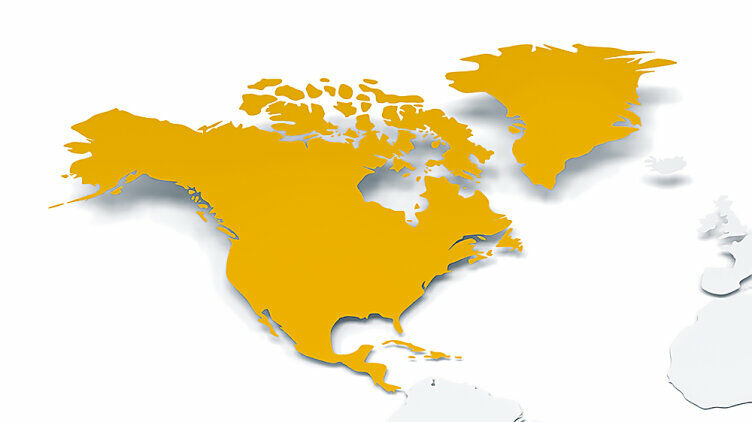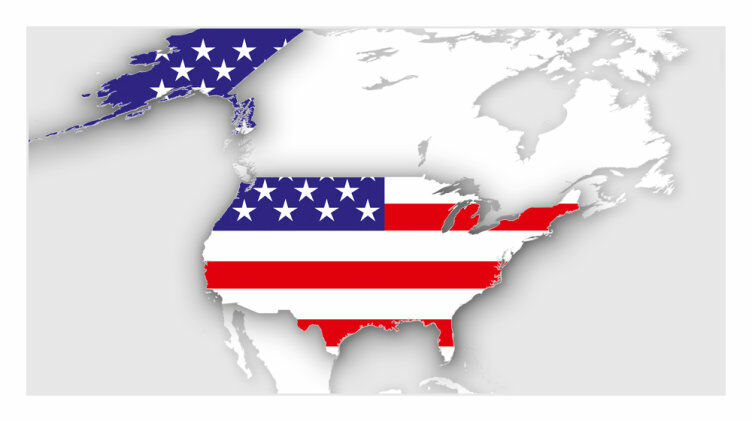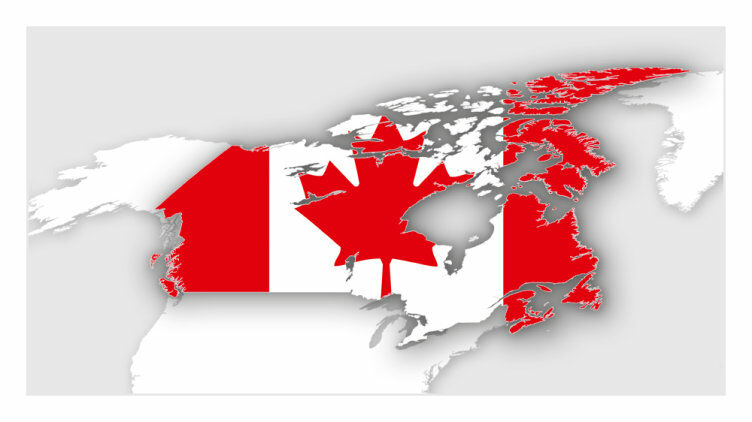Occupational Safety & Health Administration (OSHA)
The Occupational Safety and Health Administration in the USA is an agency of the US Department of Labor. In accordance with the OSH Act (occupation safety and health), employers are responsible for providing a safe, healthy workplace. OSHA's mission is to assure safe workplaces by setting and enforcing standards and by providing training, outreach, education and assistance. Employers must comply with all applicable OSHA standards. They must also comply with the General Duty Clause of the OSH Act, which requires employers to keep their workplaces free from serious hazards.
www.osha.gov/law-regs.html
In 22 US federal states, for example Michigan and California, the respective government operates a safety and health program, which carries out OSHA's duties in this state, implementing equivalent or sometimes even stricter requirements. In four other states, the state plan only covers public sector workers. According to OSHA: "States must set job safety and health standards that are "at least as effective as" comparable federal standards. (Most States adopt standards identical to federal ones.) States have the option to promulgate standards covering hazards not addressed by federal standards."
As government regulations, OSHA standards are in some ways comparable with European directives, although the technical requirements are very different. OSHA is more concerned with describing specific mandatory technical requirements than with abstract requirements. Another important difference is that EU directives are aimed primarily at machine manufacturers and integrators, while OSHA standards are intended for the employers that operate the machine (generally the purchaser or owner of the machine). In the USA, therefore, it is the purchaser's responsibility to demand compliance with OSHA standards.
In addition to making planned and unplanned inspections, OSHA inspectors are also called in when there is an industrial accident. If it is established that "voluntary" ANSI standards have not been taken into account, the OSHA fines may be higher. The penalties may also be stricter when it comes to civil proceedings.
American National Standards Institute (ANSI)
ANSI standards are developed by private organisations and have the status of "voluntary industry standards". However, ANSI standards can still be found included as part of a contract. Many OSHA standards are based on ANSI standards. In many cases the mandatory OSHA standard is based on an older version of a voluntary ANSI standard. In these cases it is advisable to apply both standards.
Underwriters Laboratories (UL)
UL publishes safety standards. These mainly contain requirements for electrical devices and components. One example is UL 508A (industrial control panels). Some UL standards were submitted to ANSI by UL; they are now also ANSI standards. UL standards are mainly concerned with the risk from fires and electric shocks.
OSHA requires that almost all electrical devices and cables in workplaces meet the relevant UL standards and that these are listed / certified by a nationally recognised testing laboratory (NRTL). OSHA publishes lists of NRTLs. The lists include CSA (Canadian Standards Association), Intertek (ETL), TÜV Rheinland, TÜV SÜD and UL (Underwriters Laboratories), for example. Unlisted devices can usually obtain a type of field testing through the same NRTLs. It's worth noting that UL standards are often very different or even contradictory to IEC standards (International Electrotechnical Commission) and European standards (EN). Compliance with the UL standard is displayed by the presence of the NRTL test mark on the device. The organisations also publish a list of compliant products, so these devices are classed as "listed". Electrical engineering inspectors in the USA look for the test mark (UL, CSA, etc.) on the device. Devices without a test mark are not normally accepted. Most of these laboratories are accredited for several countries. Only their "US" test mark is accepted. (For example, a TÜV test mark for Europe or China is irrelevant in the USA.)
National Fire Protection Association (NFPA)
The National Electrical Code (NEC) is published by the NFPA (National Fire Protection Association) as ANSI/NFPA 70. Compliance with the NEC is verified by local authority inspections (usually municipal), particularly on new buildings and larger structures.
NFPA also publishes the ANSI/NFPA 79 Standard (Electrical Standard for Industrial Machinery). This covers the same scope as EN/IEC 60204-1, but is not identical. Compliance with ANSI/NFPA 79 is essentially voluntary, but is demanded by some US federal states and local authorities.


